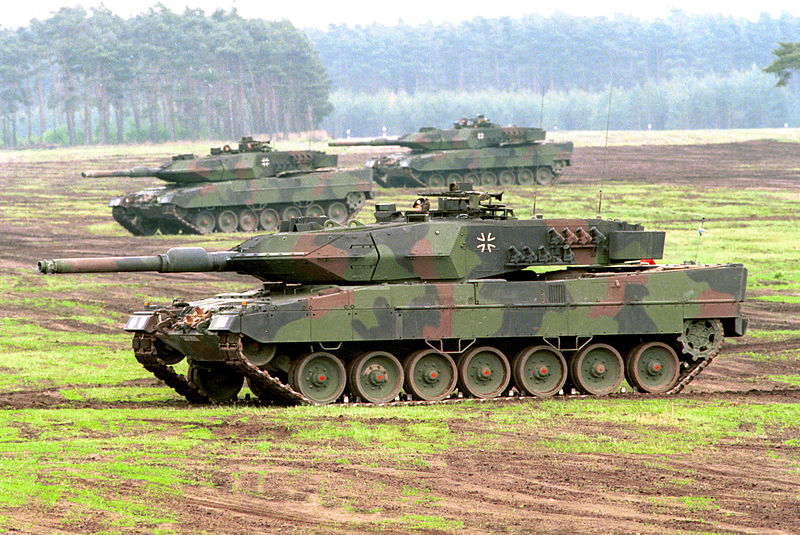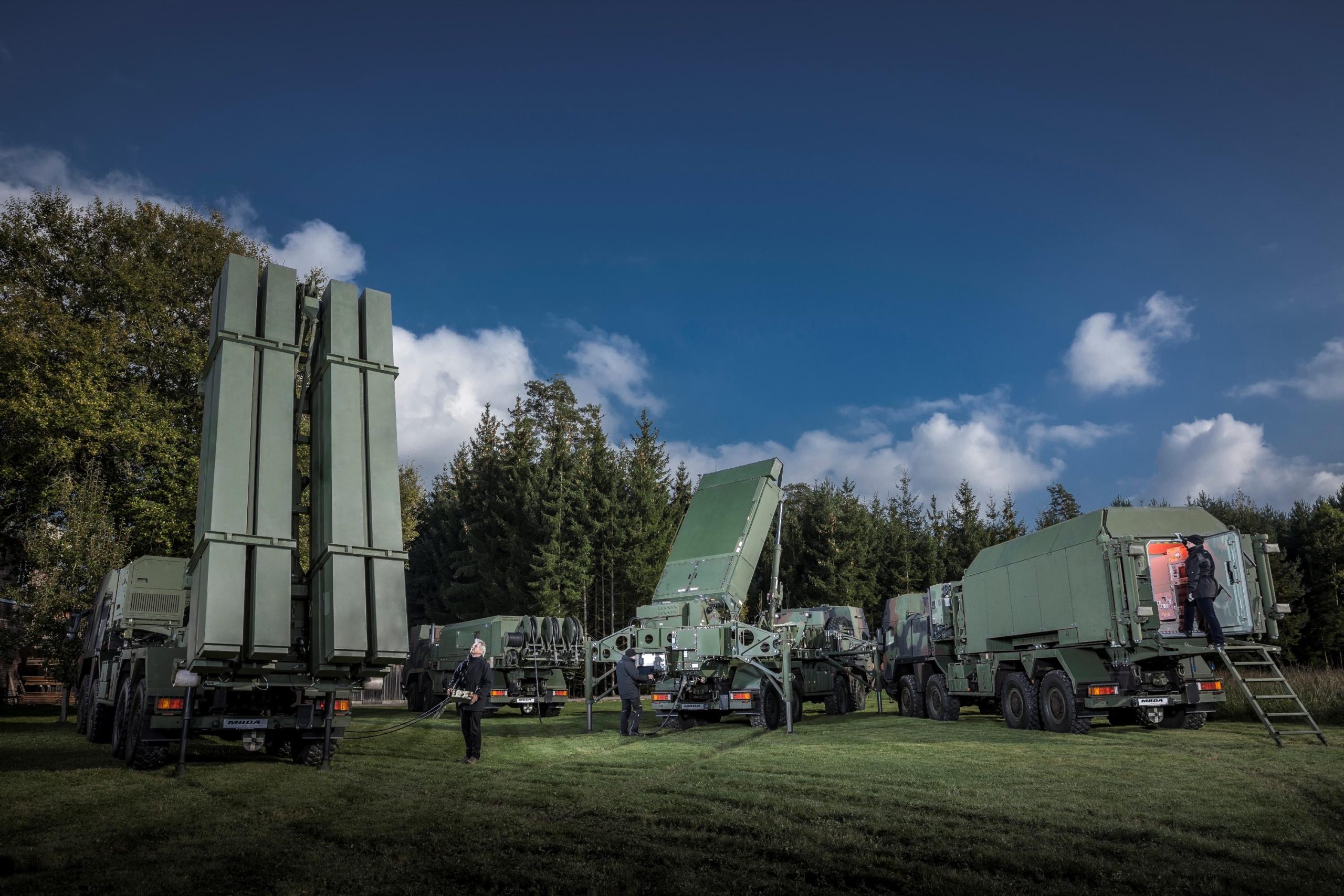
Ammunition from MESKO SA for the Polish Leopard 2

Ammunition from MESKO SA for the Polish Leopard 2
Even the most modern tank or artillery system is useless on the battlefield if there is no ammunition for it. And not just a firing unit, but a whole supply to last for several days. Hence, ensuring the supply of ammunition for the main types of weapons already in peacetime should be one of the key tasks set by the Ministry of Defense for the defense industry of each country that develops this sector of the economy, and at the same time takes its own security seriously. Of course, in this area you can only rely on imports, but this is not only costly, but also difficult to implement in a crisis, not to mention wartime.
In the post-war period, when the following generations of tanks were introduced into the production and armament of the Polish Army - from the T-34-85, through the T-54, T-55, to the T-72, the production of ammunition for them was launched in parallel at domestic factories, trying by the way modernize production facilities for its main components - propellants (powders), crushing explosives (for reloading high-explosive fragmentation, cumulative and armor-piercing shells of a classical design), fuses and igniters, cases and anti-tank elements of cumulative and sub-caliber shells (mainly penetrators) or scales. However, it should be remembered that this required the purchase of appropriate licenses in the USSR. And it was our hegemon at that time who had to determine how modern solutions and technologies would be available to the domestic defense industry. On the other hand, this was determined by the possibilities of the state budget, which, after all, provided funds for all modernization projects. Unfortunately, we have to admit that for almost five decades, when Poland was in the Soviet sphere of influence, we have not produced truly modern ammunition for tank guns, especially the most important one - anti-tank ones. For example, before the end of the operation of the T-55 tanks in the Polish Army, the most modern type of anti-tank ammunition for the 100-mm D-10T2S guns was the 3UBM8 cartridge with the 3UBM20 armor-piercing anti-tank missile (WN-8 tungsten alloy penetrator), adopted by the USSR in 1972, and in Poland only in 1978. The license for its production was not sold to Poland. However, it was supposed to introduce into production sub-caliber ammunition for 100-mm tank guns of our own design, but this task was not completed in the end.
With the decision to purchase and implement a license for the production of the T-72M, made in 1977, the rights to manufacture the main types of ammunition for its 125 mm 2A46 smoothbore gun were also obtained: the 3VOF22 cartridge with a high-explosive fragmentation projectile 3OF19. high-explosive projectile, 3VBK7 cartridge with 3BK12 cumulative anti-tank armor and 3VBM7 cartridge with 3BM15 sub-caliber anti-tank missile. In the early 80s, the refinement of the above types of ammunition was started at the then Zakłady Tworzyw Sztucznych Pronit in Pionki (according to the Jaguar program, the licensed T-72M tank was given the same code name). Several other factories were also involved in the production of elements of this ammunition. In connection with this program, Pronit needed to invest in a new production line, including a plant for the production of partially combustible 4X40 (the main load of all cartridges) and 3BM18 (the additional load of the 3WBM7 cartridge) from cardboard impregnated with TNT.
